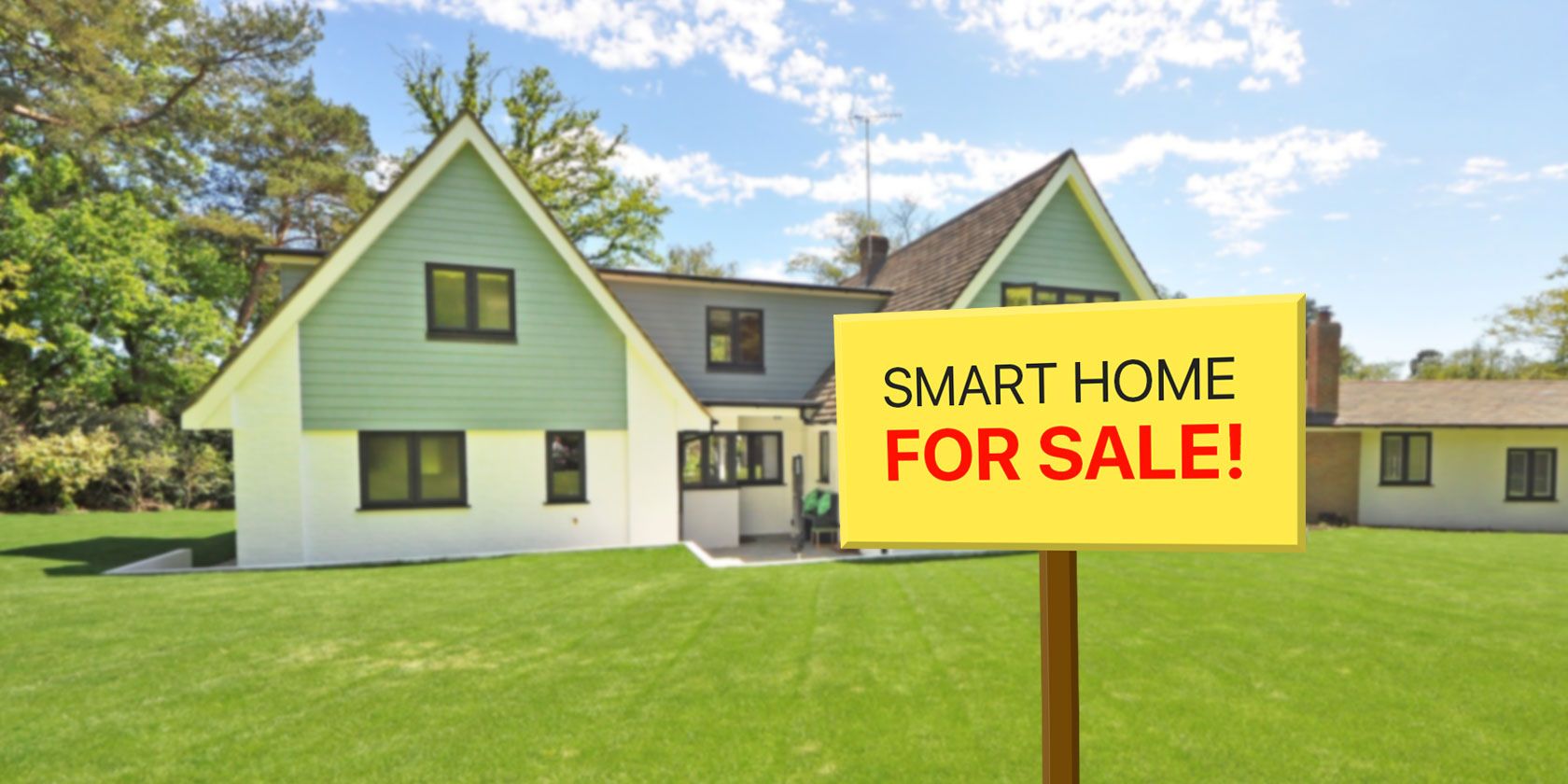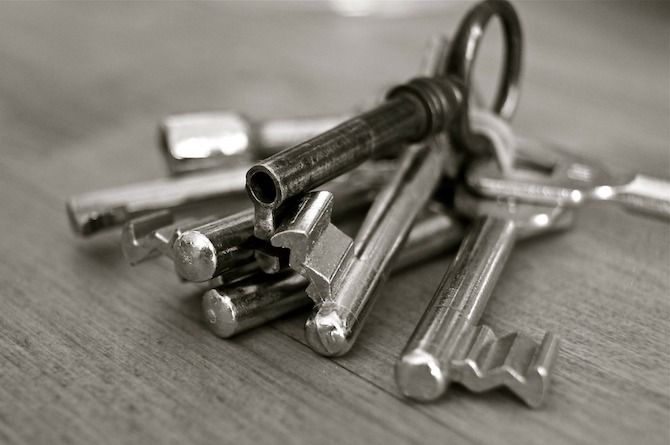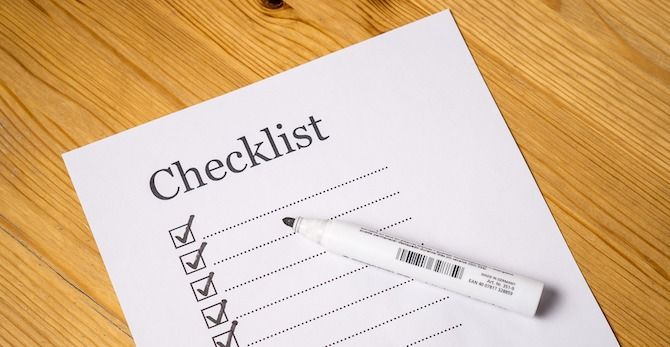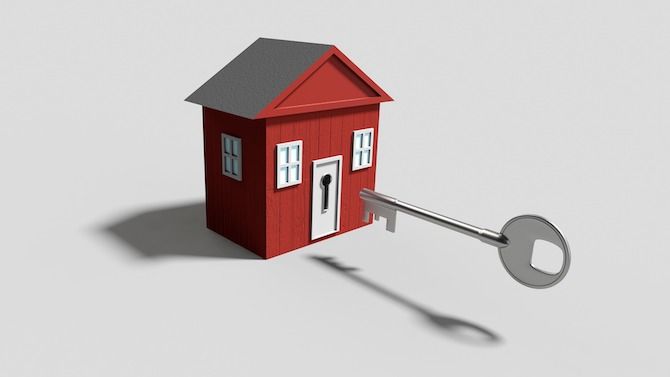Imagine this scenario. You purchase a new home with several pre-installed smart devices. In the middle of your first night under a new roof, the alarm on your home security system awakens you. On day two, the lights in your bedroom mysteriously turn on at 4 AM. Finally, on the third day, you wake up uncomfortably warm with your heating system set to 85 degrees.
Luckily, no one has robbed your home, nor are you dealing with paranormal activity. Instead, it could be that the previous homeowners are controlling your smart devices from afar, either accidentally or deliberately.
Sound too far out there to be true? Think again. When it comes to smart home appliances, there still aren't established standards for resold devices. Unfortunately, in many cases, doing a "factory reset" might not be enough.
In this article, you'll learn about the risks of buying second-hand smart home devices, such as lights, temperature controls, and locks, and what you can do to best protect your privacy.
Smart Home Industry: The Digital Wild West
It seems that every company, no matter the industry, is trying to come up with the next great smart home device. Unfortunately, while companies are pushing hard to get new products into stores, there has been less foresight regarding what should happen when those devices are eventually resold to a new owner.
It's fair to say that tech products usually have an incredibly short life cycle, as cell phone turnover rates show. However, there are plenty of exceptions, especially when it comes to smart devices.
Many of the most popular smart light bulbs on the market, for example, can feasibly last for decades, depending on how often you use them. To a lesser extent, the same can be said about other products like smart thermostats, which have been designed to work with a broad range of electrical systems, both new and old.
Due to the extended lifespan of smart home products, it's not uncommon for used smart devices to find new homes as part of a house sale or due to the previous owner upgrading their smart home system.
Consider how much information is routed through your smart devices and the permissions that you have given them. Unless you can guarantee that past or future owners will have zero access to said information, choosing to buy or sell a used smart device is risky at best.
Steps You Can Take
Many smart home products won't be around long enough to get a second owner. But for products that do, there are steps you can take to better protect yourself from annoying interference or serious security risks. These steps are helpful for both sellers and buyers.
Assess the Situation
When dealing with multiple smart devices, it's always best to inventory the used items. When possible, group products by manufacturer and product type. If you can't find this information, either because they aren't properly marked or because there isn't a box, avoid the items and don't use them.
The Online Trust Alliance's Smart Home Checklist is a great place to start when you need to inventory items. It provides a general list of smart items that might be in a home. It also walks realtors, sellers, and buyers through the process of transferring of smart devices.
Better still, there could soon be an app that takes the guesswork out of identifying smart products. The unnamed app, currently under development by the National Association of Realtors' Center for Realtor Technology (NARC), will help users better identify items that must be reset prior to a repurchase.
Yes, Do a Factory Reset...
Every smart home device comes with a factory reset option. Depending on the item, you can perform this step on the device itself or through a dedicated app or website. To get the latest directions for doing a complete reset, visit the company website. This will guarantee you get up-to-date information, rather than relying on the potentially outdated instruction manuals that came with the item.
In most cases, finding these instructions online is as simple as typing "factory reset" into the search box on the company's support page. For example, a quick search on the Google Nest website will bring up the aptly named How to restart or reset the Nest Learning Thermostat page.
...But Keep in Mind
When doing research for this article, I was surprised to learn that factory resets of smart home products aren't always foolproof.
Some products, such as the Wink Hub 2, do provide privacy protection when a smart product is being used by someone new. As Patrick Mahoney, Wink's communication director told Digital Trends:
"If a Wink Hub was not removed by a previous owner from their account, the new owner wouldn't be able to connect it to theirs, hence they'd never be able to see the previous owner's devices or user profile."
Still, other products do not. The same Digital Trends article explained that in some instances, a factory reset doesn't actually un-link a product from its original owner. In those cases, you typically must call the company for further instruction.
As Charles Henderson, global head of IBM's X-Force Red explained about smart devices at the 2017 RSA computer security conference:
"They (the manufacturers) have all these great on-boarding tools to get that first owner in, but there's nothing to get the first owner out and the second owner in. They're not really concerned with the second owner who needs the first owner evicted."
Ask the Right Questions
If you're still concerned about security and privacy as it relates to second-hand smart objects, you should contact the manufacturer and see how they can assist. Most will probably recommend doing a factory reset and hope to end the conversation there. Before doing so, however, ask them about the company's policy on unlinking devices from past owners.
For example, you could ask:
- Will resetting the device remove it from the previous owner's account?
- What guarantees are in place to protect my privacy?
- Besides a factory reset, what other steps would you recommend?
Other Things to Consider
There are other things to consider when dealing with used smart devices. For example, you should find out whether warranties remain in place with new owners. When they don't, do some research so that you know the potential cost to repair or replace the item should something happen.
You'll also need to find out more about device compatibility. For example, does the item only work on Wi-Fi or can you use it with Bluetooth? Does it require a separate hub or will the device function independently?
A Fluid Situation
The smart home industry remains in its infancy. As with most new technologies, smart device manufacturers are more concerned with getting new items out the door than with what happens when these products are eventually resold.
Henderson hopes that smart home device manufacturers eventually look to the mobile phone industry to determine an industry standard regarding what a device reset means. "Right now we just sort of hope for the best and wish consumers luck when it comes to removing data or removing access," he explains.
Until that standard is developed, you should practice due diligence. When in doubt, it might be better not to use or sell used devices in the first place.
What type of concerns do you have about used smart home products? Tell us your thoughts in the comments below.




